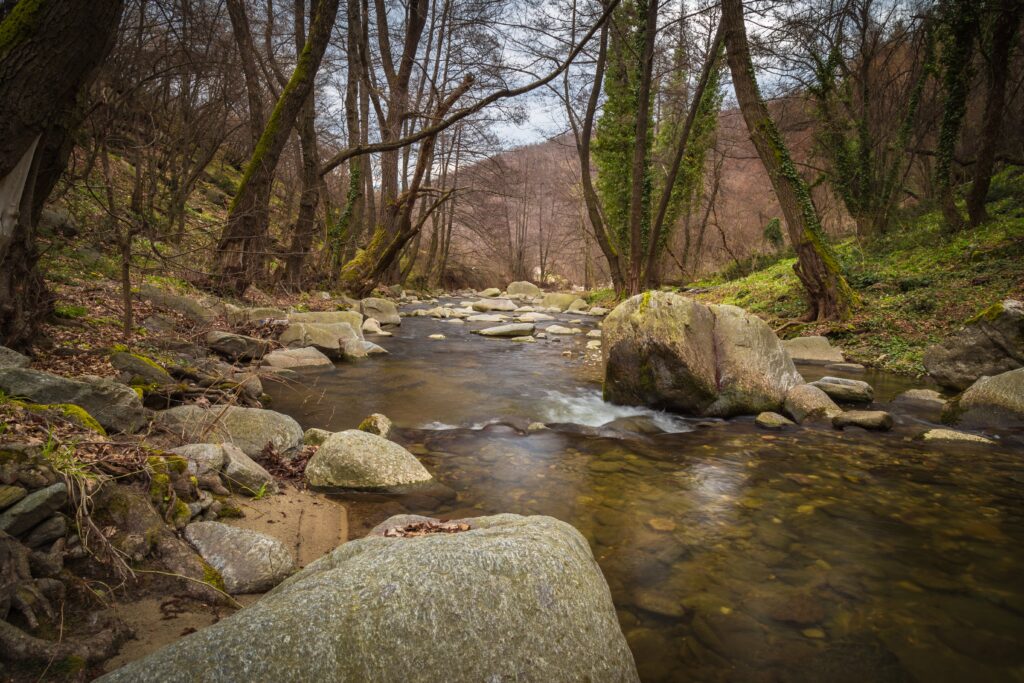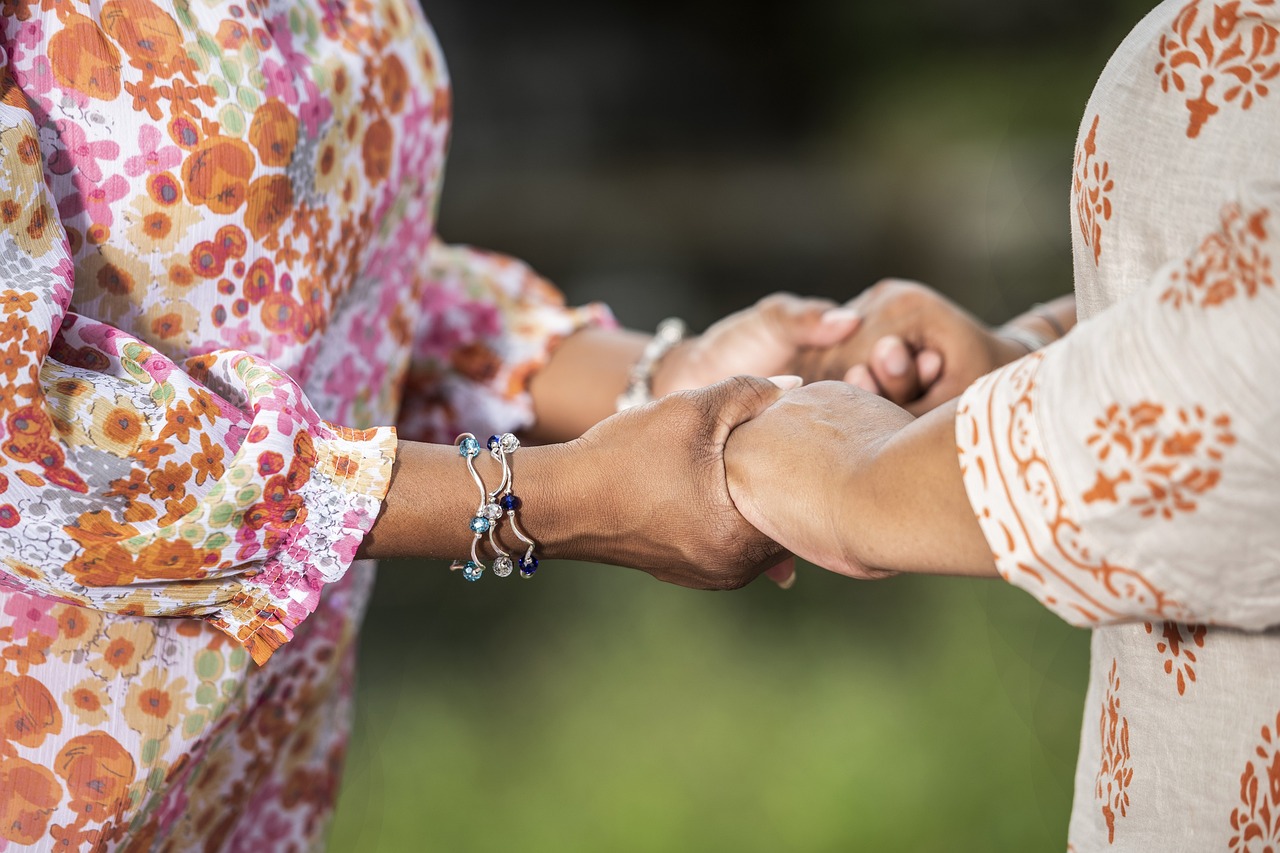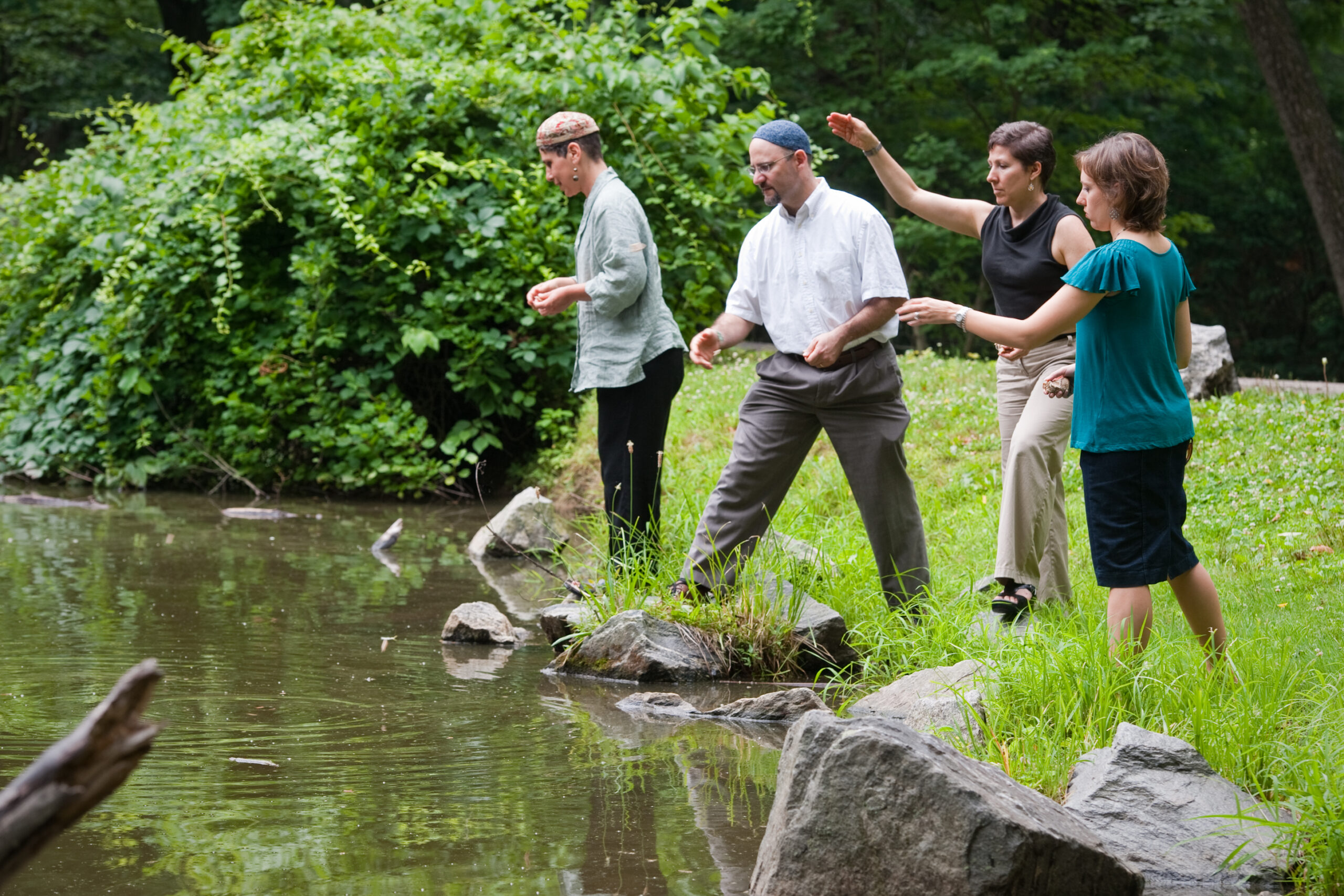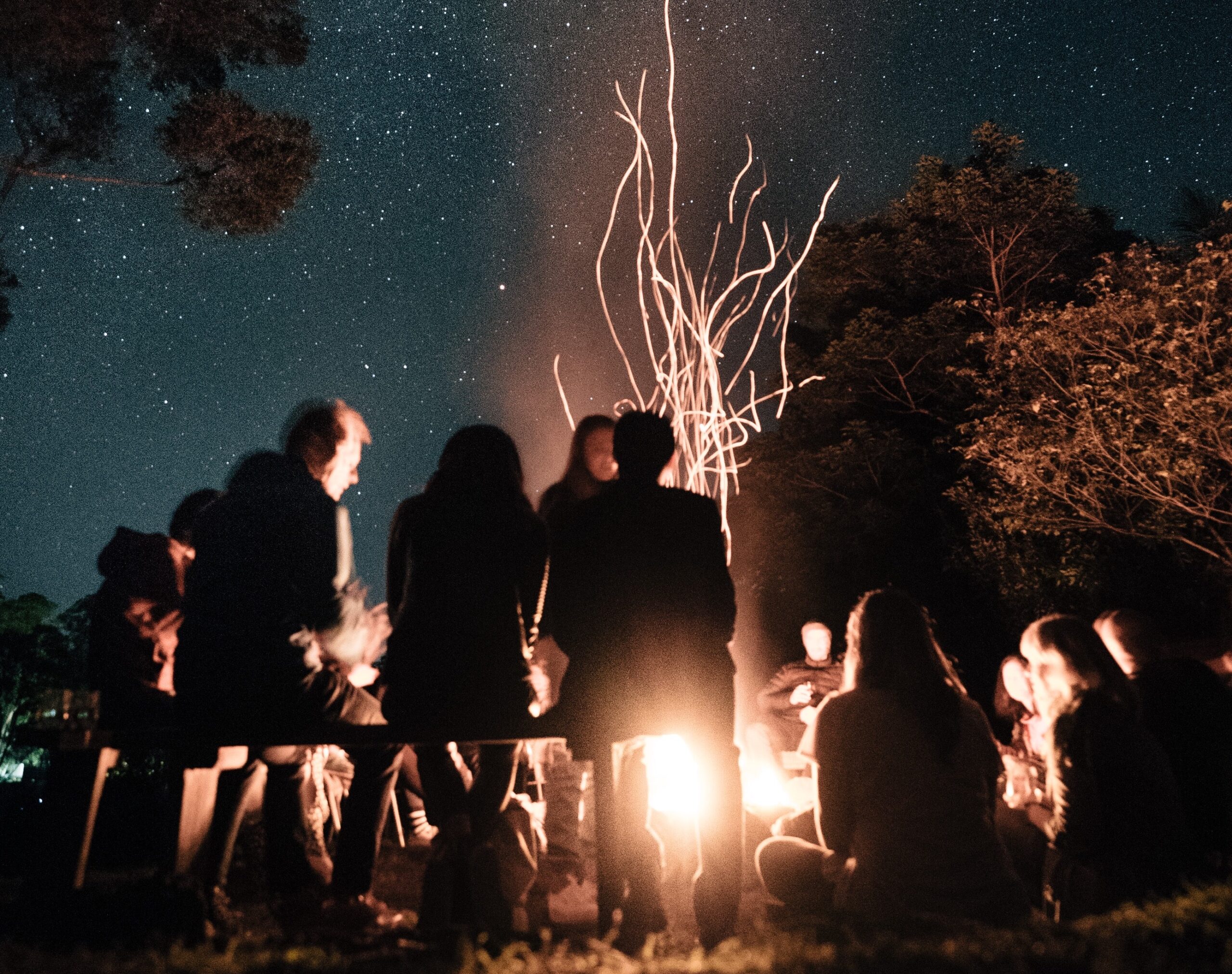I knew I needed a ritual long before I figured out one that would work. While sitting at a shiva call, I realized there was no prescribed ritual for my situation. I had just had a miscarriage after seven years of trying to get pregnant. As I saw all the people at the shiva offering the mourners support, I suddenly felt very alone in my grieving.
For our loss, a shiva-type gathering felt too public; my husband, our nine year-old daughter, and I weren’t ready to share the intimate details of all we’d been through. And I was concerned about modeling a ritual on shiva. Although we’d experienced a death, it was so intangible. So, instead of a ritual, we focused our energies on trying to get pregnant one last time – one final round of in vitro fertilization.
When the in vitro failed and the doctors explained there was nothing more they could do, sorrow engulfed me. I sought comfort from friends, answers from doctors, and wisdom from my rabbi. Poring over stories of the barren matriarchs, I struggled: why were their prayers answered and mine not?
Again, I thought about creating a ritual to help me heal. Around my home, I saw all that I’d saved for our second child: my daughter’s clothes, her crib, toys, and books. I envisioned a ritual where I sat together with a few close friends, talking about the bittersweet memories and dreams these items held, and then donating them to a shelter. But I wasn’t ready to let them go — even though I was more than ready to find a release for all that was weighing me down.
Then, quite spontaneously, I figured out how to take a ritual and make it my own. After services on Rosh Hashanah, we were gathering at the wetlands by our synagogue to do tashlich, a ritual casting of our sins upon the water. I took one look at the prayer and knew what I wanted to do. I left the synagogue and headed home. Minnehaha Creek is a block from our house. The area is lush with green grass and trees. A beautiful wooden footbridge arches over the water. My daughter came with me. With a bag of bread and a copy of the tashlich prayer, we walked hand-in-hand to the top of the footbridge.
I read, “Let us cast away the sin of deception.” We each broke off a piece of bread and tossed it into the water below.
I read, “Let us cast off the sin of ambition.” We tossed more bread into the water.
Then I read, “Let us cast off the sin of envy, so that we will neither be consumed by desire for what we lack, nor grow unmindful of the blessings that are already ours.” I tossed more bread into the creek. It wasn’t enough. I tossed more, and more, and more.
When my daughter asked what I was doing, I replied, “This is something I really need to pay attention to. Sometimes I get jealous of other people who have all the children they want. I need to remember: I wouldn’t trade my life for any of them. I am so grateful for the family I have. I am so grateful for you.”
She didn’t know what to make of this. I saw her struggle, so I gave her more bread. We made it into a game, throwing piece after piece, far and hard, strong and deliberate. It felt wonderful having a movement to accompany the prayer. I was saying with my whole body: “I mean this. I truly mean this.”
When the bread was gone, my daughter leaned into me, and I wrapped my arms around her. Bathed in the glow of afternoon light, we watched the last pieces of bread dance down the shimmering creek. Then they turned a bend, and disappeared.
Used with permission from Sh’ma: A Journal of Jewish Responsibility, March 2005. For additional essays on new rituals, visit www.shma.com.












